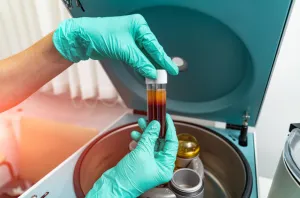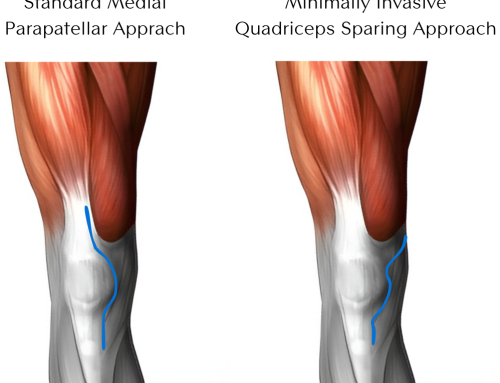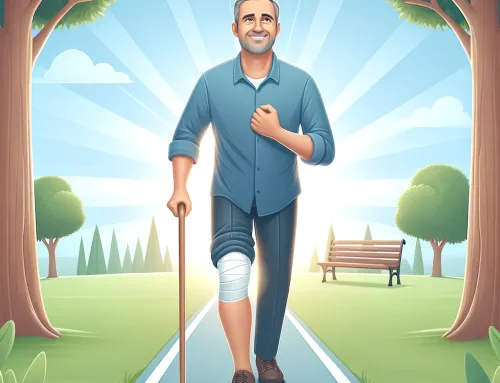
In the quest for advanced healing techniques, Platelet-Rich Plasma (PRP) therapy emerges as a beacon of hope for those suffering from various orthopedic conditions, including osteoarthritis and tendon injuries like tennis elbow. This cutting-edge treatment leverages the body’s own healing mechanisms, offering a fascinating glimpse into the future of regenerative medicine. Through a deeper exploration of the science behind PRP, we can uncover how this innovative therapy provides relief and promotes recovery for sufferers of osteoarthritis and other common orthopedic issues.
The Essence of PRP Therapy
At the heart of PRP therapy lies the utilization of the patient’s own blood to accelerate healing in injured or degenerated tissues. Blood consists of several components, with platelets playing a crucial role not only in clotting but also in healing. These platelets are rich in growth factors—proteins that are essential for healing wounds and regenerating tissues. During PRP therapy, a concentrated form of these platelets is injected directly into the affected area, sparking the body’s natural healing response.
The Science Behind PRP
The therapeutic potential of PRP is rooted in its concentration of growth factors. When injected into the damaged tissue, PRP releases these growth factors, which then:
- Attract Repair Cells: Growth factors draw stem cells and other reparative cells to the injury site.
- Stimulate Cellular Proliferation: They promote cell growth and differentiation, which is crucial for tissue regeneration.
- Enhance Angiogenesis: The formation of new blood vessels is stimulated, improving blood supply and nutrients to the tissue, thereby aiding the healing process.
This scientific mechanism underscores PRP’s effectiveness in treating a range of orthopedic conditions by enhancing the body’s natural repair processes.
PRP Therapy for Osteoarthritis
Osteoarthritis, a degenerative joint disease, leads to the breakdown of cartilage and joint pain. Traditional treatments have focused on pain relief and slowing the progression of the disease. However, PRP therapy offers a novel approach by targeting the root causes of pain and degeneration. The growth factors in PRP can potentially:
- Reduce Inflammation: By modulating the inflammatory response, PRP helps alleviate pain and swelling in the joint.
- Stimulate Cartilage Regeneration: Although complete regeneration of cartilage is challenging, PRP can encourage the growth of cartilage-like tissue, offering some relief from the degenerative process.
PRP in Treating Tennis Elbow and Other Orthopedic Conditions
Tennis elbow, or lateral epicondylitis, is characterized by pain in the elbow due to overuse of the forearm muscles. Similar conditions, such as tendinitis or ligament injuries, can also benefit from PRP therapy. The targeted delivery of growth factors aids in:
- Repairing Tendon Damage: PRP stimulates the repair of tendon fibers, encouraging the growth of new, healthy tissue.
- Alleviating Symptoms: Reduction in pain and improvement in function are commonly reported benefits of PRP therapy for these conditions.
The Procedure: What Patients Can Expect
The PRP therapy process involves drawing a small sample of the patient’s blood, which is then centrifuged to isolate and concentrate the platelets. This platelet-rich plasma is then injected into the affected area under sterile conditions, often guided by ultrasound for precise placement. While the procedure is relatively quick and carries minimal risk, patients may experience mild discomfort or swelling, which typically resolves within a few days.
Future Directions and Considerations
While the science behind PRP therapy offers promising insights into its healing potential, it’s important to note that individual results can vary, and the efficacy of PRP may depend on the specific condition and the overall health of the patient. Ongoing research continues to refine our understanding of PRP therapy, exploring its applications in various medical fields and its potential to offer improved treatment options for patients with osteoarthritis, tennis elbow, and a broad spectrum of orthopedic conditions.
Conclusion
PRP therapy represents a significant advancement in the field of regenerative medicine, offering a scientifically grounded approach to treating orthopedic conditions. By harnessing the power of the body’s own healing mechanisms, it provides a promising alternative for individuals seeking relief from osteoarthritis, tennis elbow, and other related conditions. As we continue to unravel the complexities of PRP therapy, it stands as a testament to the potential of innovative medical treatments to improve patient outcomes and enhance the quality of life.




